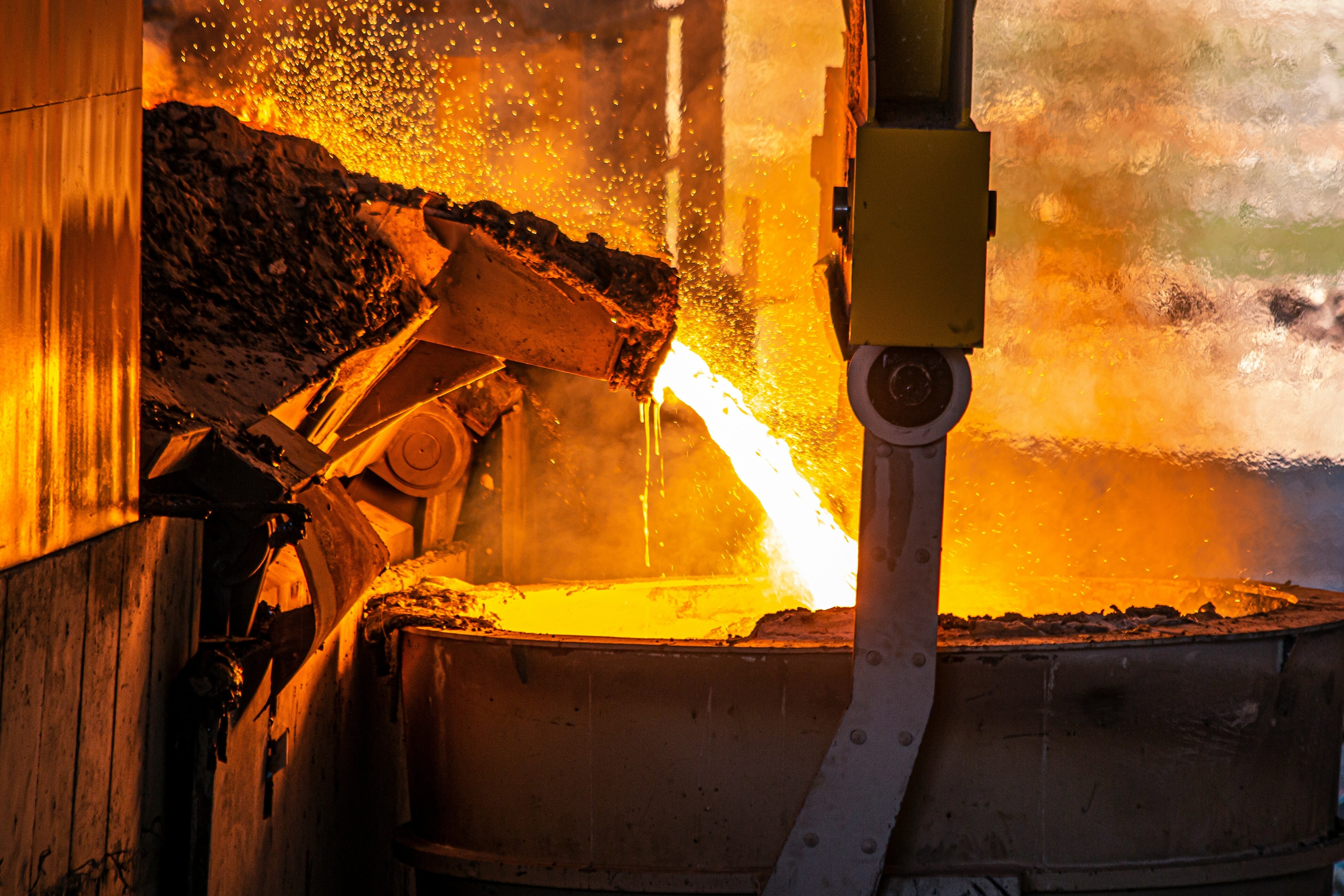In India, IKEA is going to use agricultural waste to make furniture - and tackle pollution

Post-harvest straw burning is a major source of air pollution in India. Image: REUTERS/Danish Siddiqui

Get involved with our crowdsourced digital platform to deliver impact at scale
Stay up to date:
Circular Economy
Swedish furniture retailing giant IKEA believes it has a hack for Delhi’s pollution woes.
Just three months after it set up its first store in the country, the world’s largest furniture retailer today (Nov. 15) said it will start collecting rice straw from farmers in northern India to use it as raw material for the products sold here.
Currently, most farmers burn the straw post harvest as that is the easiest and most economical way to prepare the field for the next sowing season. The smoke from this stubble burning—a practice rampant across northern Indian states like Punjab, Haryana, and Uttar Pradesh, besides some regions in Pakistan—is one of the reasons for the thick smog that blankets Delhi every winter. The Indian government estimates that crop burning accounts for a quarter of the air pollution in India’s capital every year.
IKEA’s new plan may prove to be a way out.
India will be the first market where the company will convert paddy residue into raw material for its products. “Starting off in India, IKEA wants to turn rice straw into a new renewable material source for IKEA products. The ambition is to create a model for how to reduce air pollution that could be replicated in other megacities,” said Helene Davidsson, sustainability manager at IKEA Purchasing south Asia.
Paddy straw has various uses, including as fodder for cattle, compost, and making pulp for paper. While Davidsson did not share details on what the retailer plans to produce out of the straw, she said some prototypes are being worked upon.
The first prototype will be ready by the end of 2018 and be available for sale in IKEA’s India stores by 2019-2020. They will be gradually introduced in more markets, the Swedish retailer said in a statement announcing the initiative.
IKEA said it is working with NGOs, suppliers, and small-scale farmers to source and procure the residual rice straw. The company, however, declined to comment on the quantum of rice straw it will procure. The state of Punjab alone produces up to 20 million tonnes every year.
Don't miss any update on this topic
Create a free account and access your personalized content collection with our latest publications and analyses.
License and Republishing
World Economic Forum articles may be republished in accordance with the Creative Commons Attribution-NonCommercial-NoDerivatives 4.0 International Public License, and in accordance with our Terms of Use.
The views expressed in this article are those of the author alone and not the World Economic Forum.
Related topics:
The Agenda Weekly
A weekly update of the most important issues driving the global agenda
You can unsubscribe at any time using the link in our emails. For more details, review our privacy policy.
More on Circular EconomySee all
Daniel Boero Vargas and Mandy Chan
April 25, 2024
Margery Ryan and Anis Nassar
April 22, 2024
Johnny Wood
April 18, 2024
Johnny Wood
April 15, 2024
Kiva Allgood and Na Na
March 22, 2024
Valentina Carbone
February 28, 2024






